AUGUSTA — A new state law is intended to help protect lakes throughout Maine from invasive aquatic plants and other disruptive or nuisance species.
The legislation calls for a state task force to study the issue and make policy recommendations to help control the longtime problem. The task force’s first report is due by Jan. 15, 2023.
Representatives from local lake associations who have been dealing with invasive plants for several years said the state action is a step forward, but still leaves work to be done.
In Kennebec County, Cobbossee Lake has had a Eurasian watermilfoil infestation since 2018.
Eurasian watermilfoil is particularly rough on lakes. A single piece of the plant can spread rapidly enough to devastate an entire lake, harming the native plants and animals, reducing property values and hindering boaters and swimmers, according to experts.
Toni Pied, director of conservation for Friends of the Cobbossee Watershed, an organization dedicated to protecting the 217-square-mile drainage basin, said the lake is also suffering from two other invasive plant infestations: Variable-leaf watermilfoil, which traveled down from Annabessacook Lake into Cobbossee through Jug Stream at the lake’s southwest corner, and European frog-bit, which Pied said is widespread throughout Cobbossee Lake.
The Maine Department of Environmental Protection treated the lake in 2019 with the herbicide ProcellaCOR, which targets invasive plants. Eurasian watermilfoil was again discovered in the northeast corner of the lake in 2020, and in late 2021 a fragment was found in Farr’s Cove, about halfway down the lake.
Pied said Thursday that Eurasian watermilfoil was pulled from the lake at the end of the year, and Friends of the Cobbossee Watershed is working with the Maine DEP to treat newly discovered spots early this summer.
“That will give us a better opportunity to prevent it from spreading further in the lake,” she said.
WORKING TOGETHER
Pied said the recent legislation, signed into law March 29, is expected to help Friends of the Cobbossee Watershed and similar groups throughout Maine address problem-causing plants.
The law — LD 1286 — requires the existing Interagency Task Force on Invasive Aquatic Plants and Nuisance Species to report back to the Legislature and other departments with findings and recommendations regarding invasive plants in Maine lakes, including suggesting further legislation that could help control the plants.
“I think that it’s going to create an opportunity for all of the people who are working on invasive aquatic species in our lakes and ponds to work together to find new ways that we can try and prevent future infestations as well as find new ways to mitigate the infestations that we already have in the state,” Pied said.

Officials from the five towns surrounding Cobbossee Lake — Litchfield, Manchester, Monmouth, West Gardiner and Winthrop — have begun meeting with Friends of the Cobbossee Watershed and the CYC Lake Association, a group focused on preserving the lake.
Pied said one of the main goals of these meetings is to get people in all five communities talking to one another about the invasive plants and discussing new ideas.
“When you’re trying to work on a lake that touches on so many towns, it can be a challenge when the towns have different approaches to how they participate in the protection of that lake,” she said. “We just would like for the towns to be in touch with one another, so they can find ways to work together that will help further our mission.”
John Stanek, vice president of the CYC Lake Association, said the five towns are working on a plan, but “nothing has evolved as a coherent approach.”
Stanek said he and other members of the association were delighted to learn the bill had passed.
“We feel it’s a good first step on the state level, but much more needs to be done, boat inspections being critical,” he said. “New York mandates boat inspections before a boat can enter a water body, but they waited until the problem was basically an epidemic. Maine needs to get ahead of this.”
MANAGING THE PROBLEM
Stanek said the association’s short- and long-term goals are the same: Managing the problem.
To meet this goal, the association has spent the past nine months organizing and raising money for the upcoming season and beyond. He said the upcoming season is expected to have two survey crews on the lake, each for 40 hours a week. Their boats are to have a certified diver prepared to pull problematic plants from the lake.
Even with these initiatives and with tripling the hours of staff who perform free boat inspections, Stanek said it is not enough to guarantee improvement.
“Anyone can put a boat or (personal watercraft) in at any time, even when there are no inspectors present at public launch sites,” he said. “We can’t start our inspections until May 31, and they end in mid-September.”

A fisherman prepares Friday to launch his boat at Cobbossee Lake in Monmouth. Joe Phelan/Kennebec Journal
Pied said one of the best ways to help improve the water quality is to make sure invasive plants are not being spread from lake to lake.
“If you’re launching or removing a boat for any lake, make sure that you clean that boat, (personal watercraft) or whatever equipment you’re using, whether it’s fishing gear or duck hunting gear,” she said. “And also make sure that you drain any standing water from your boat, and make sure that all of the equipment is as dry as possible before you move it to another water body.”
Pied also said those who want to help can support local lake or watershed associations and contact state lawmakers.
“Whenever bills like LD 1826 come up, it’s really important for people to support them and to reach out to their local legislators,” she said. “We’re really pleased that this particular one moved forward, and I think it’s going to help get all of those lake groups that have been working so hard to try and prevent the spread of invasive plants working together with state agencies and other constituents and stakeholders to try to find these new tools that we can use.”

John Stanek, vice president of the CYC Lake Association; Bill Kieltyka, president of the CYC Lake Association; Alex Dyer, manager of the Friends of the Cobbossee Watershed conservation program; and Toni Pied, director of conservation for Friends of the Cobbossee Watershed at the boat launch Friday at Cobbossee Lake in Monmouth. Joe Phelan/Kennebec Journal
Without taking proactive measures, Stanek said there could be devastating effects on property values and local economies.
“(Cobbossee Lake) is a moment in time,” he said. “Invasive species take hold and spread like a pandemic or cancer. In the early stages, it is often found in just one location. If not found and treated quickly enough, it spreads to secondary sites and continues exponentially.
“Because there are no native predators, Eurasian watermilfoil, without human intervention, will proliferate until it has choked out much of the native vegetation and altered every aspect of a lake’s ecosystem. Many lakes don’t find the problem early enough or react quickly enough.”
Editor’s Note: This story has been updated to reflect that Toni Pied’s title is director of conservation for Friends of the Cobbossee Watershed and that people who perform free boat inspections are paid staff of Friends of the Cobbossee Watershed.
Send questions/comments to the editors.

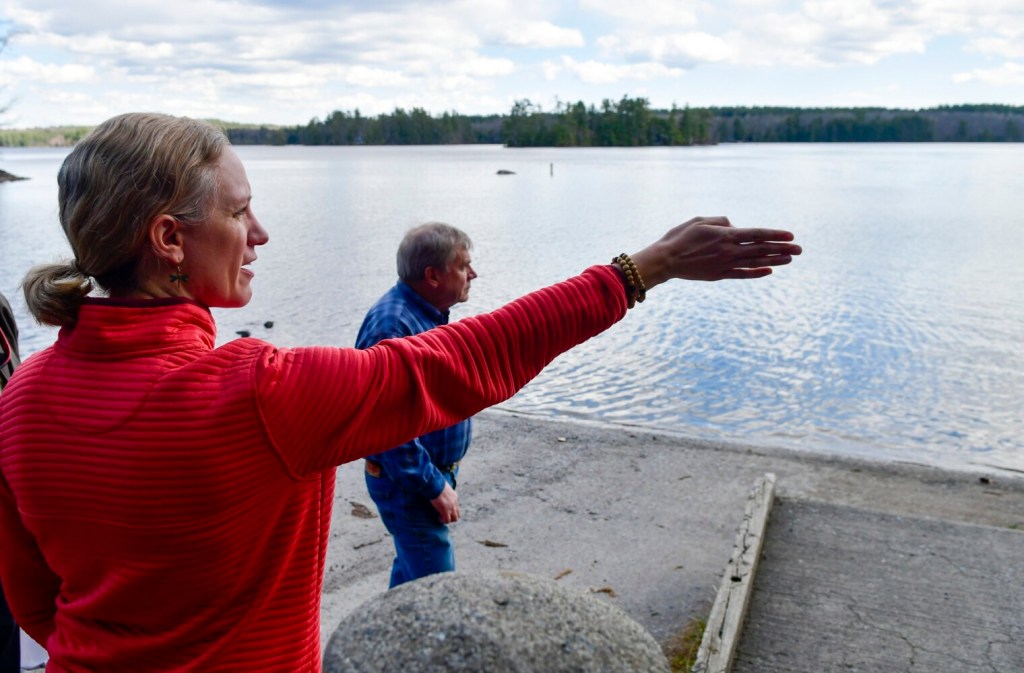
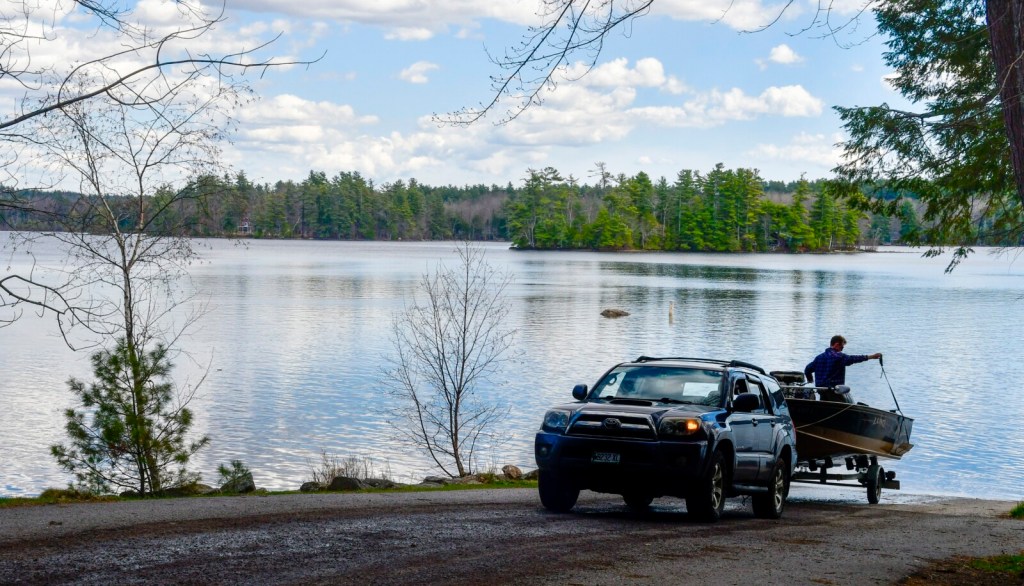
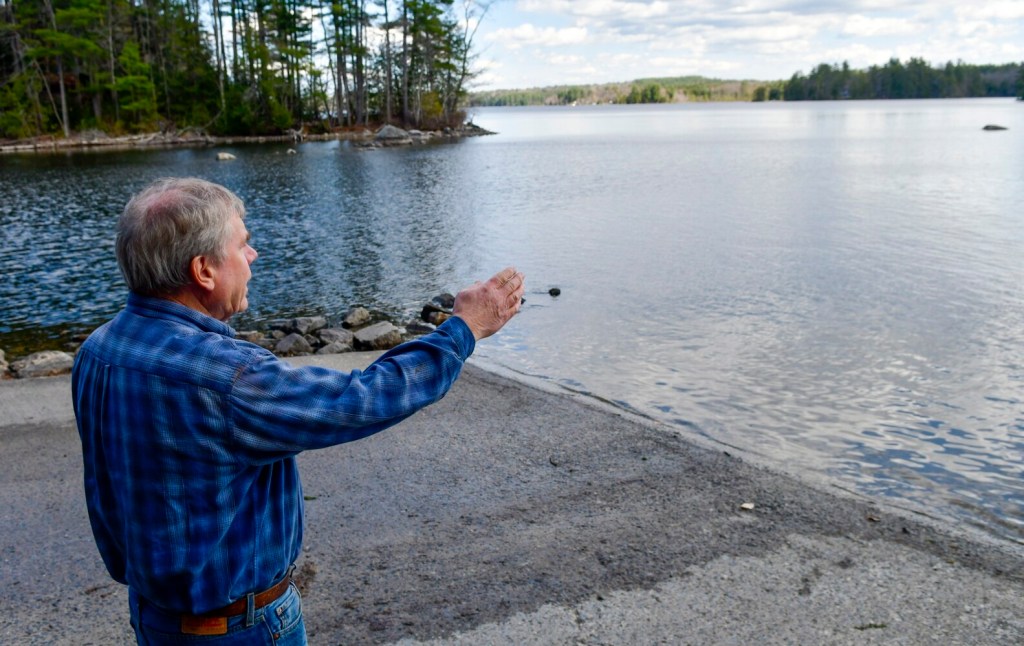
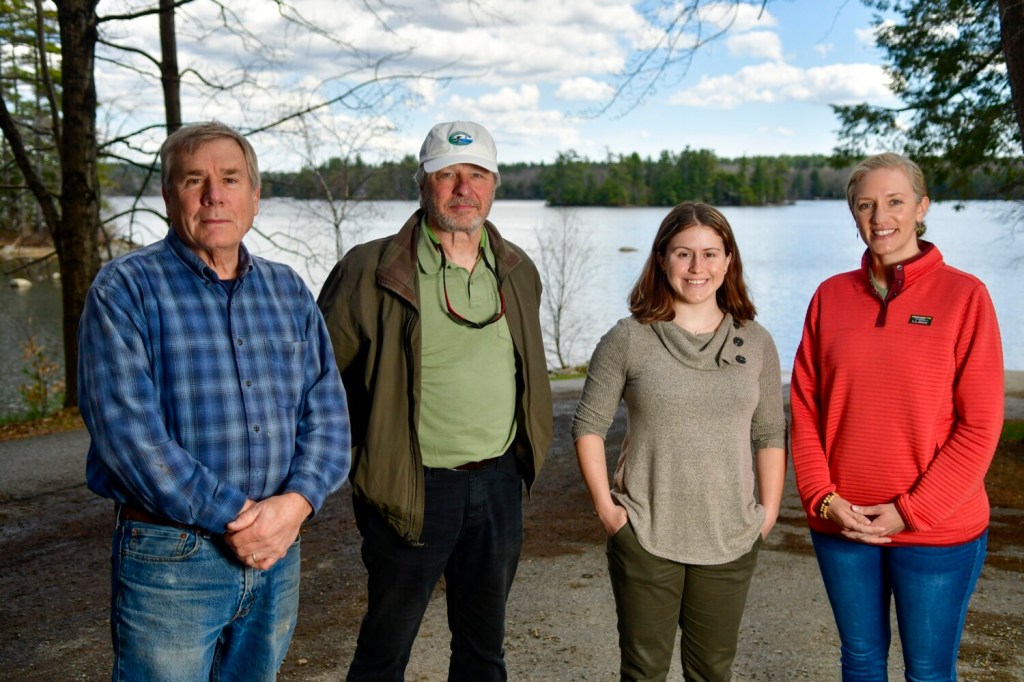

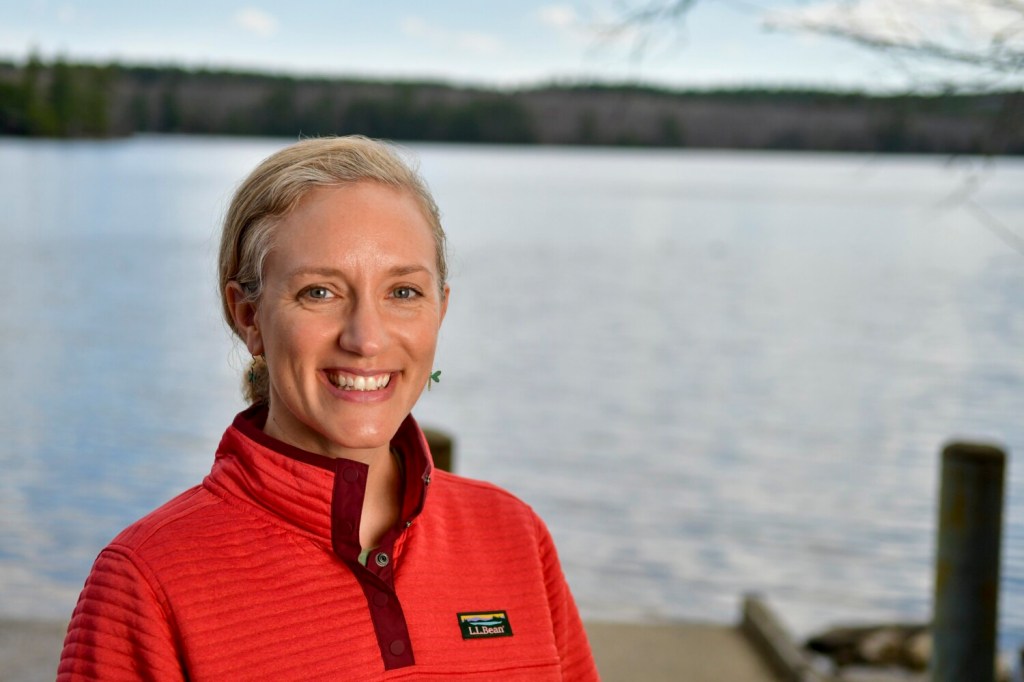

Comments are no longer available on this story